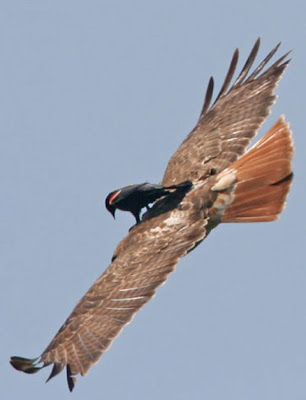"To see a world in a grain of sand
And a heaven in a wild flower,
Hold infinity in the palm of your hand
And eternity in an hour."
And a heaven in a wild flower,
Hold infinity in the palm of your hand
And eternity in an hour."
-William Blake, "Auguries of Innocence"
"Every wolf's and lion's howl, Raises from hell a human soul," continues Blake. But have we yet heard the howling? Don't be fooled. Winter is still here, at least for a few more weeks. And I say that with a guttural gulp. Remember the late winter blizzard, March 12-13, 1993?
You have to admire any plant that thumbs its nose at the cold weather. The lion's howl. Well plants do not actually have noses nor do they howl, but work with me here. There's not much green out there on my part of the planet and most of what is, grows low to the ground where it's safer. But not this one.
That's why I admire the tenacity of Prenanthes alba, (Prenanthes: from prenes for "drooping" and anthe for "blossom" plus alba: Latin for "white." Although it's too early in the season for drooping white flowers.
•























































































